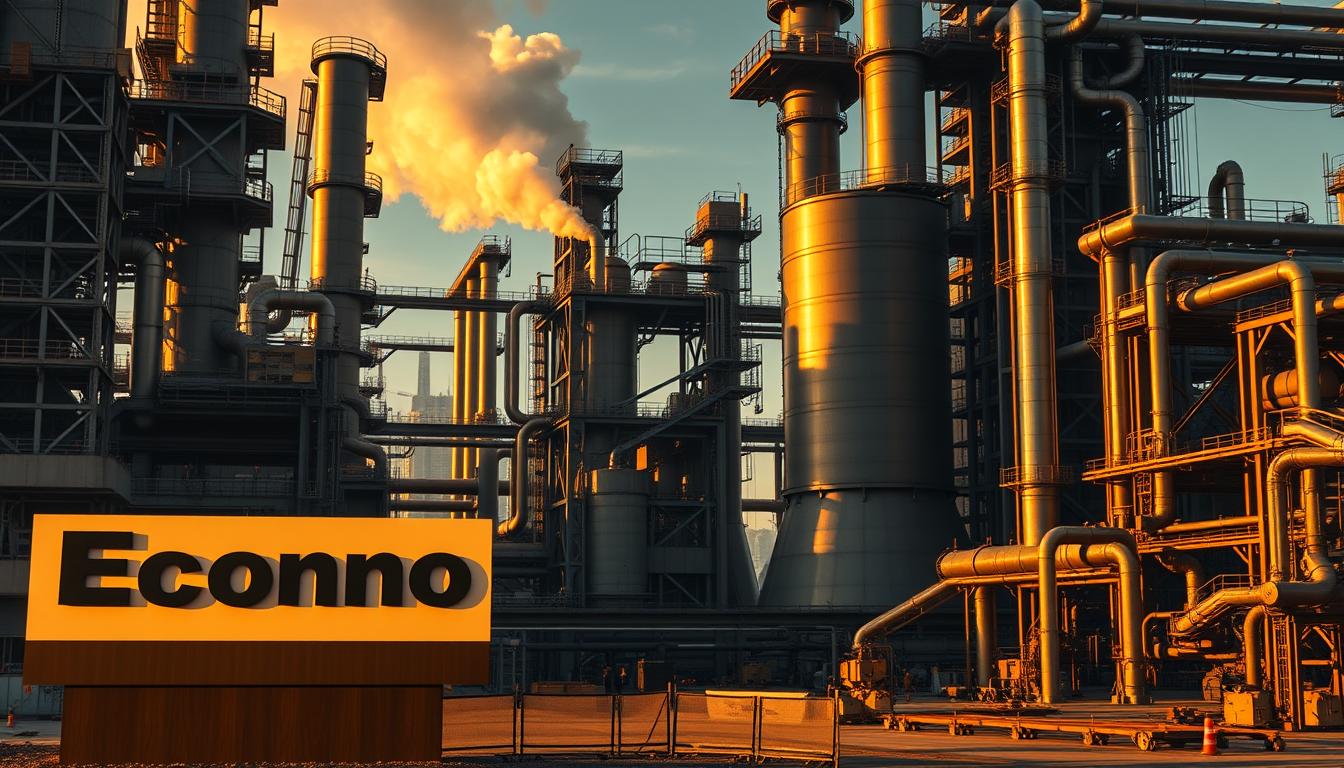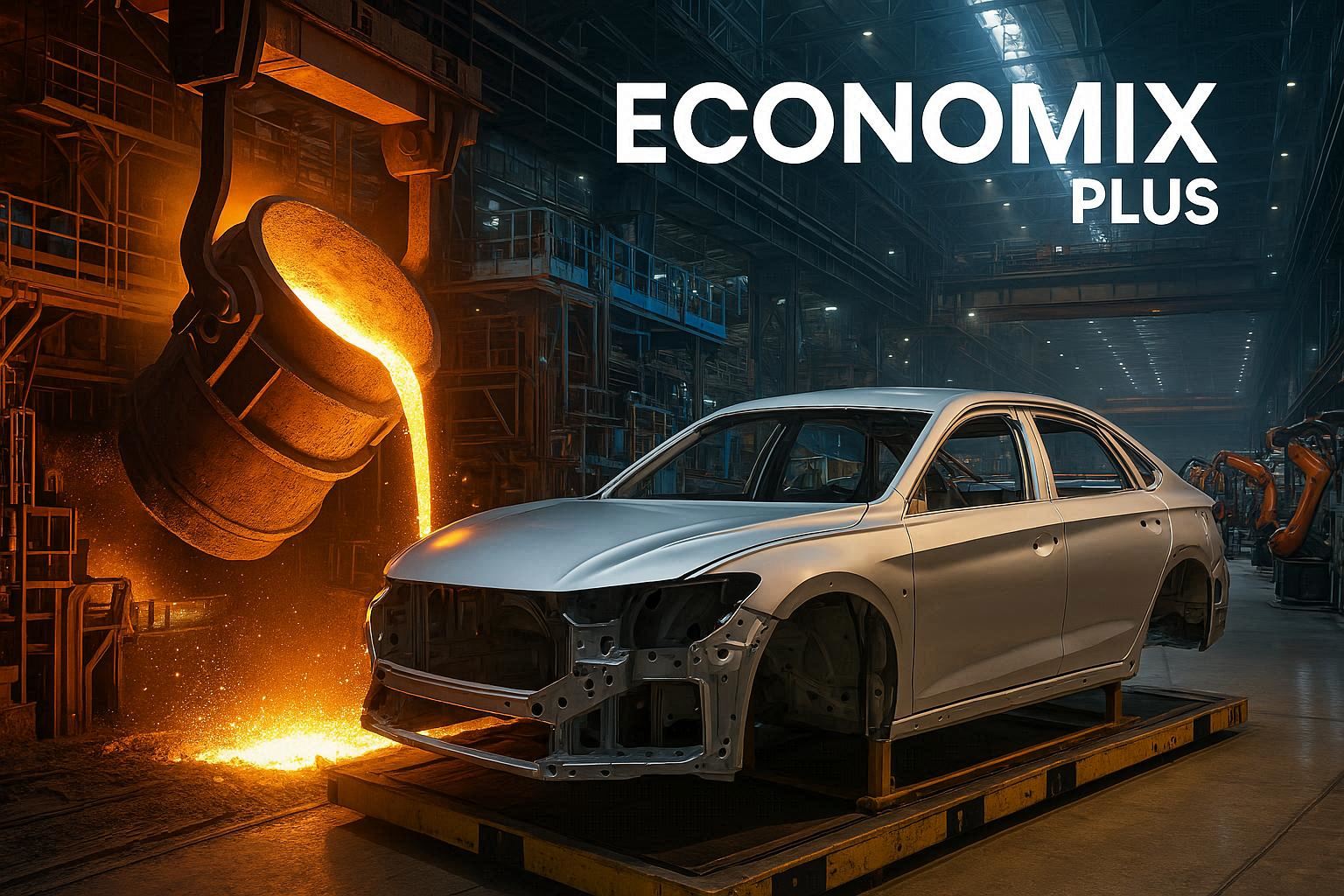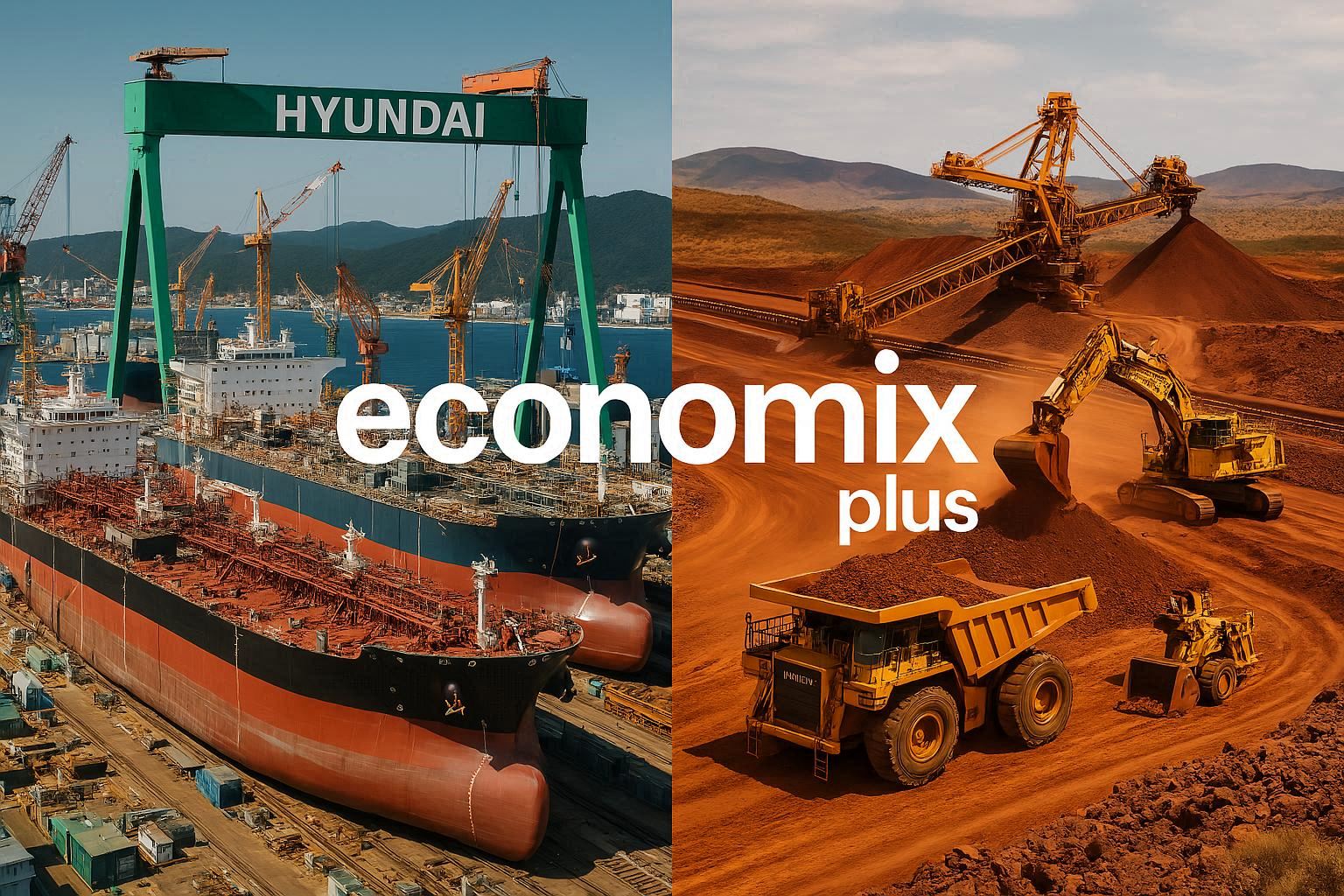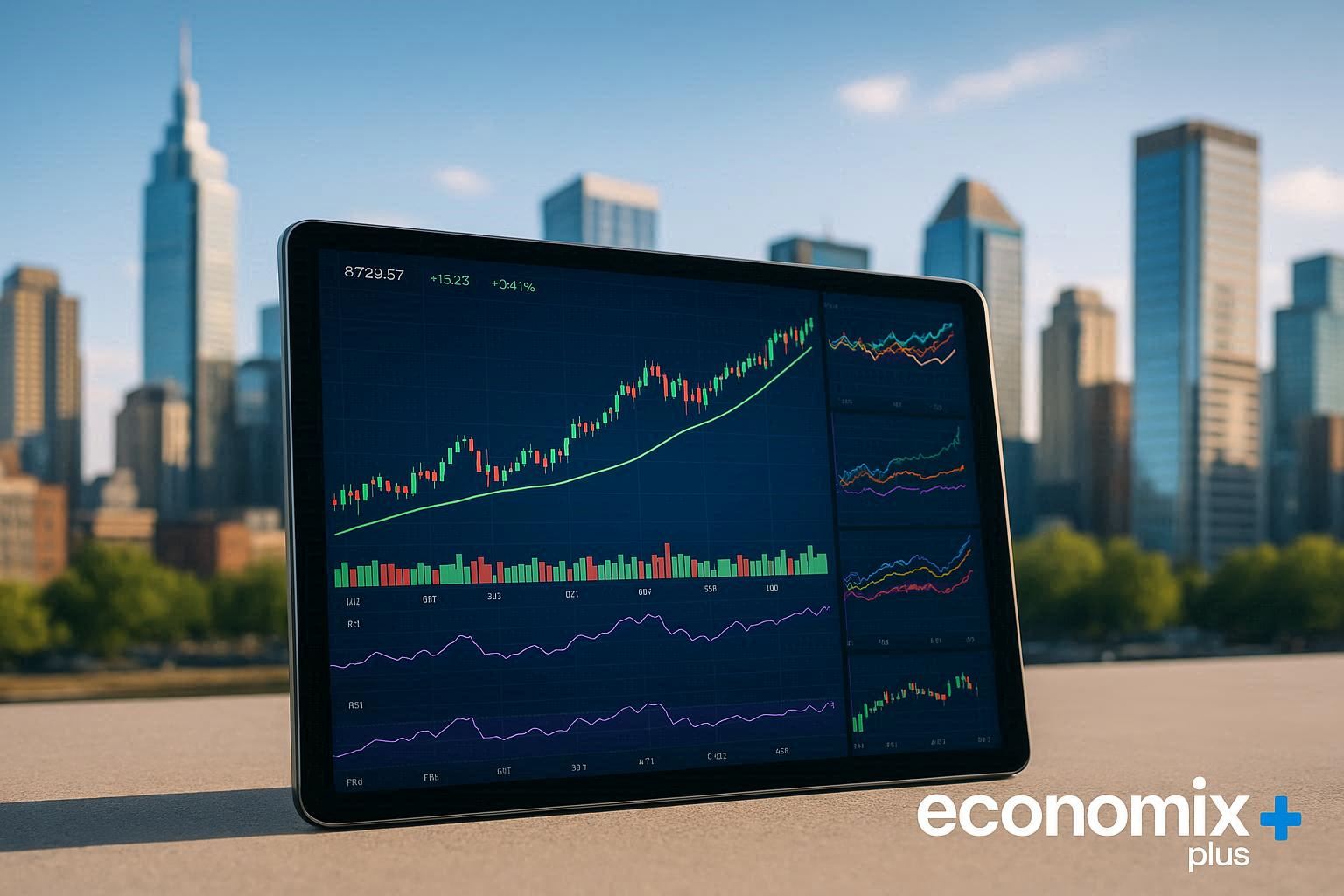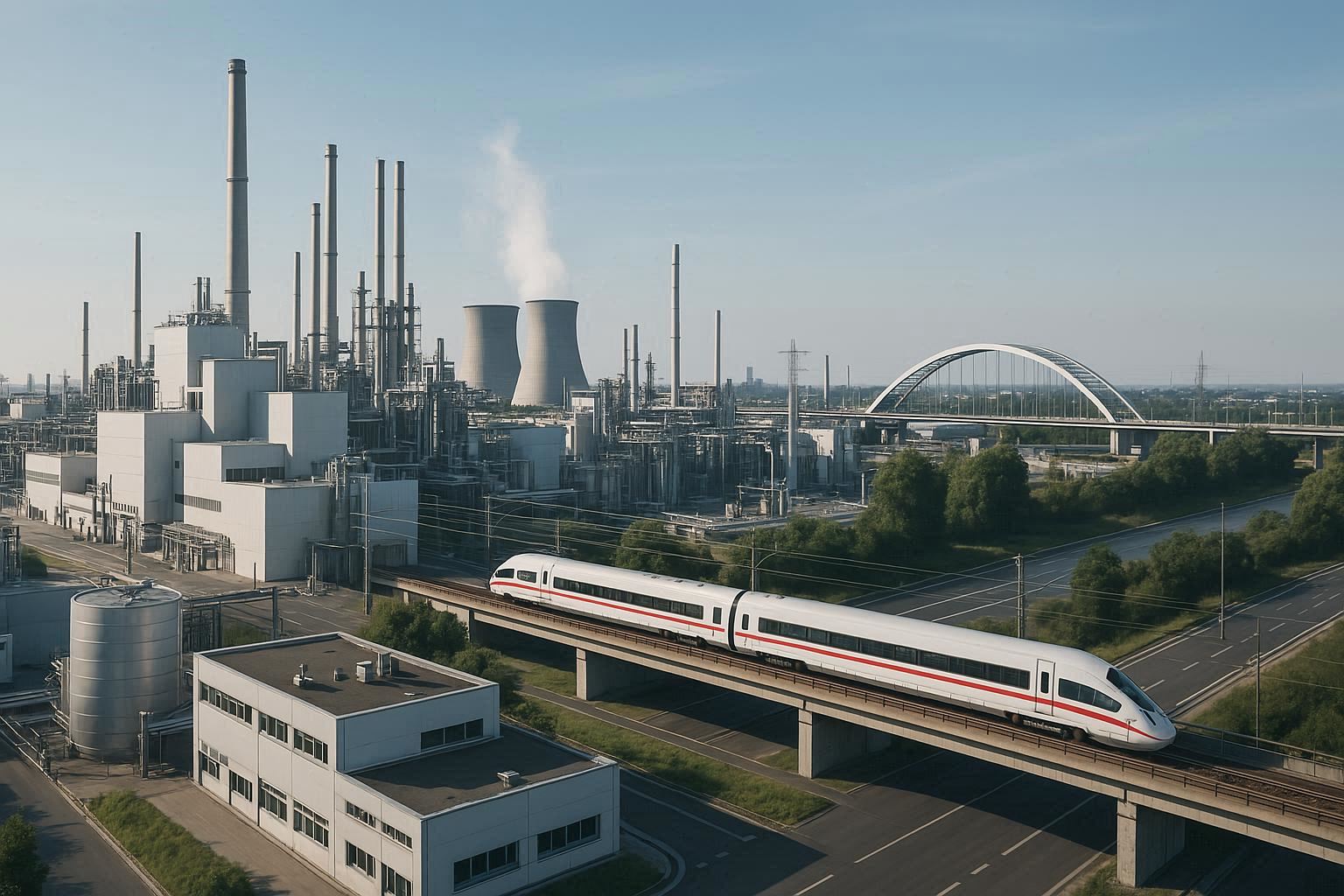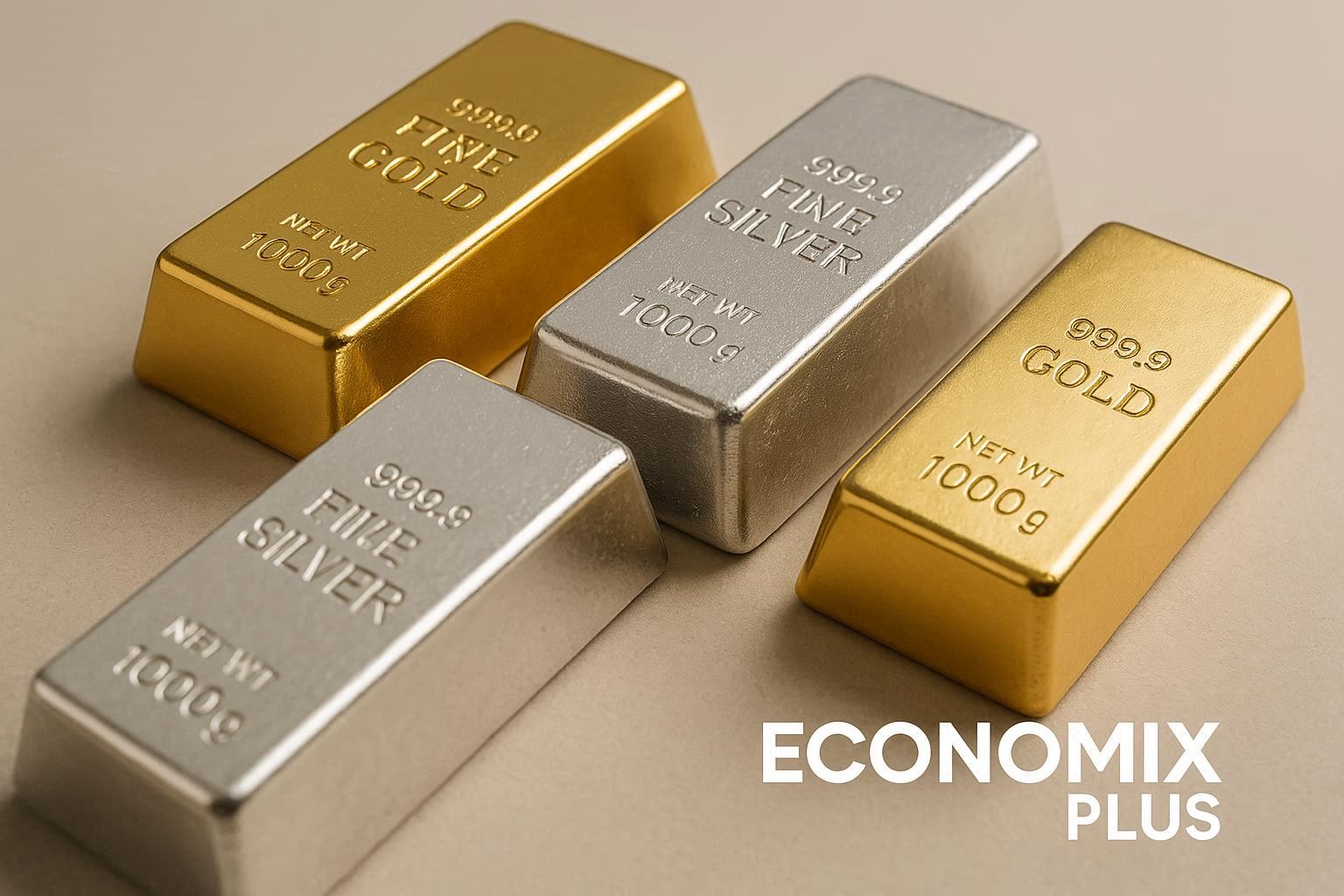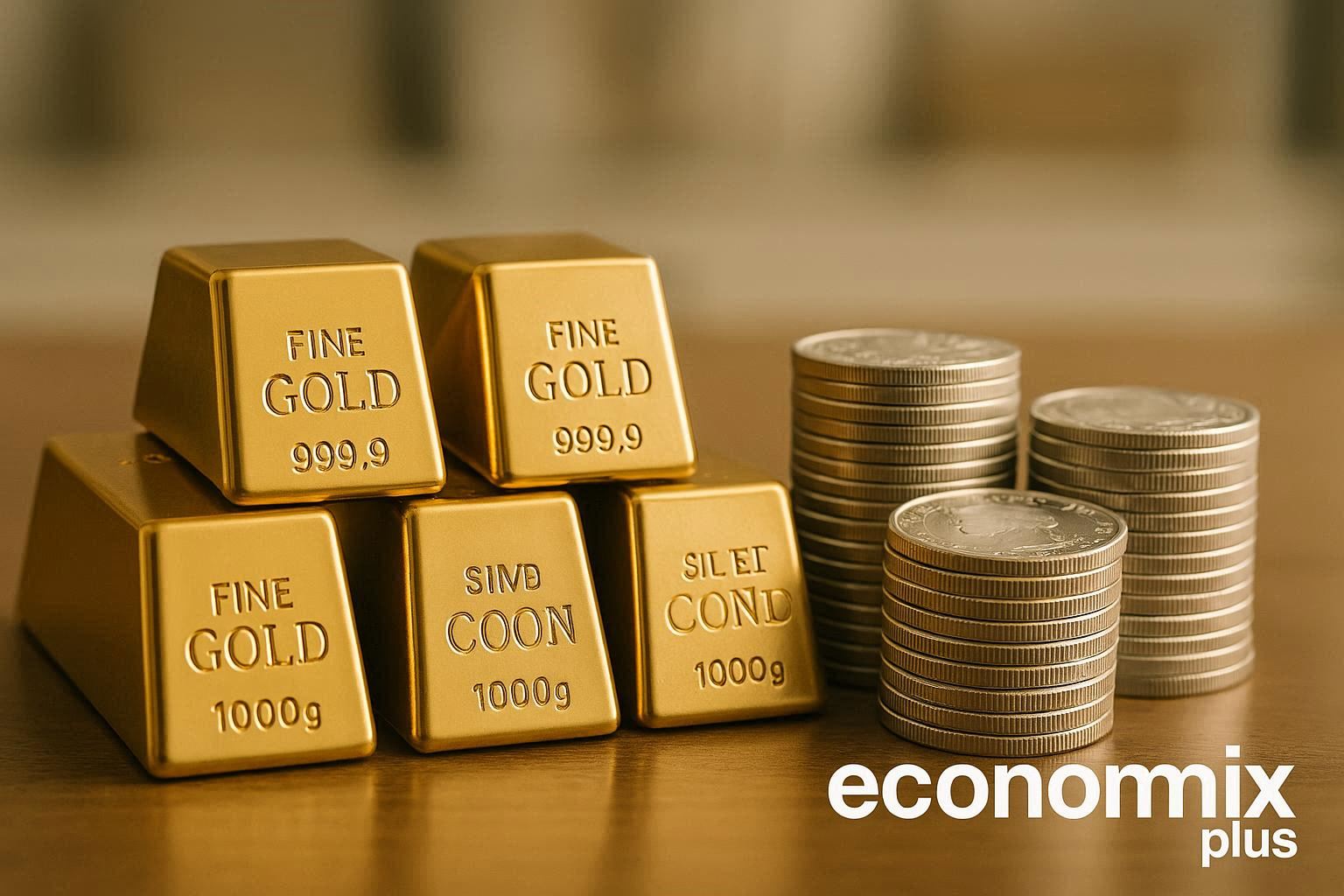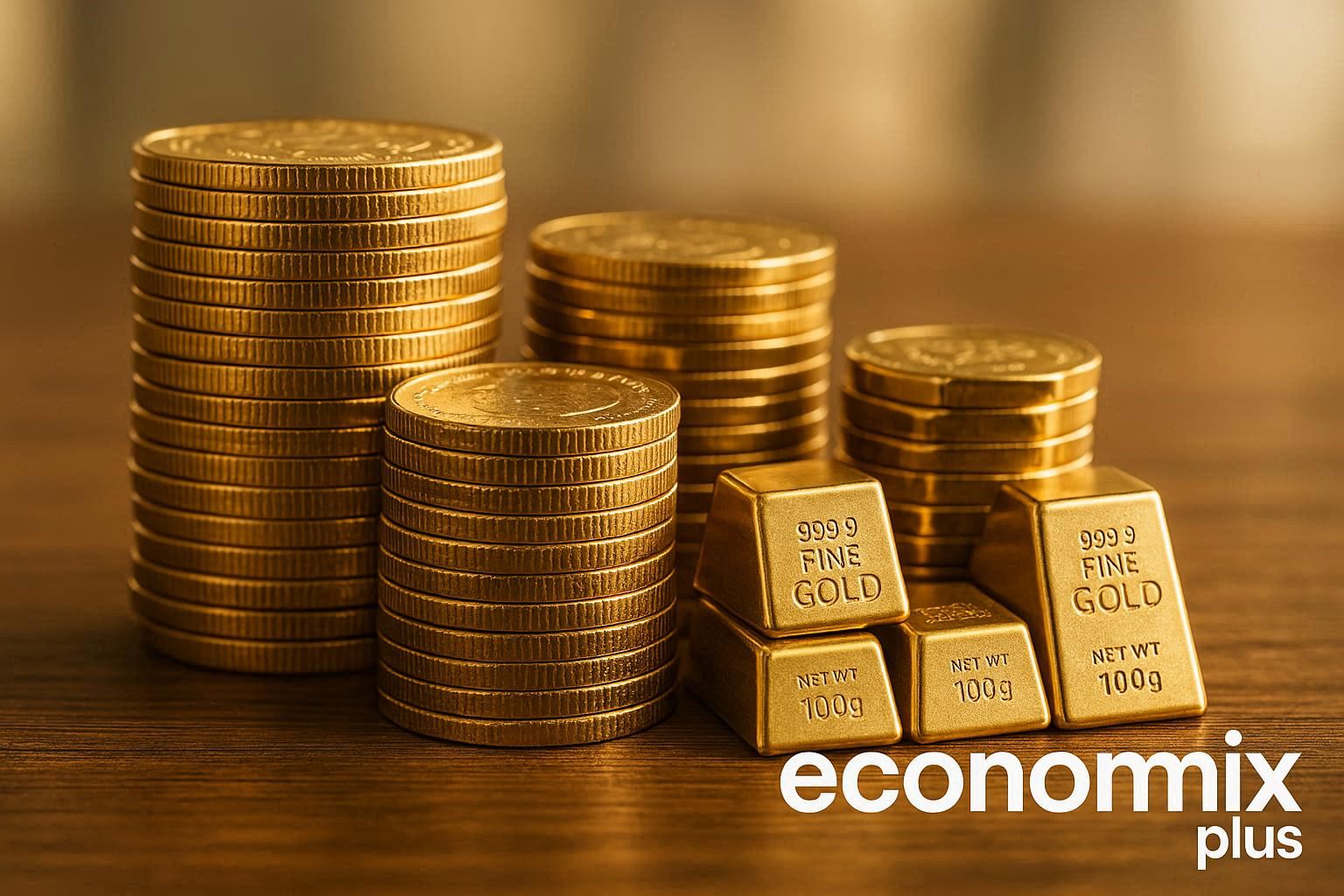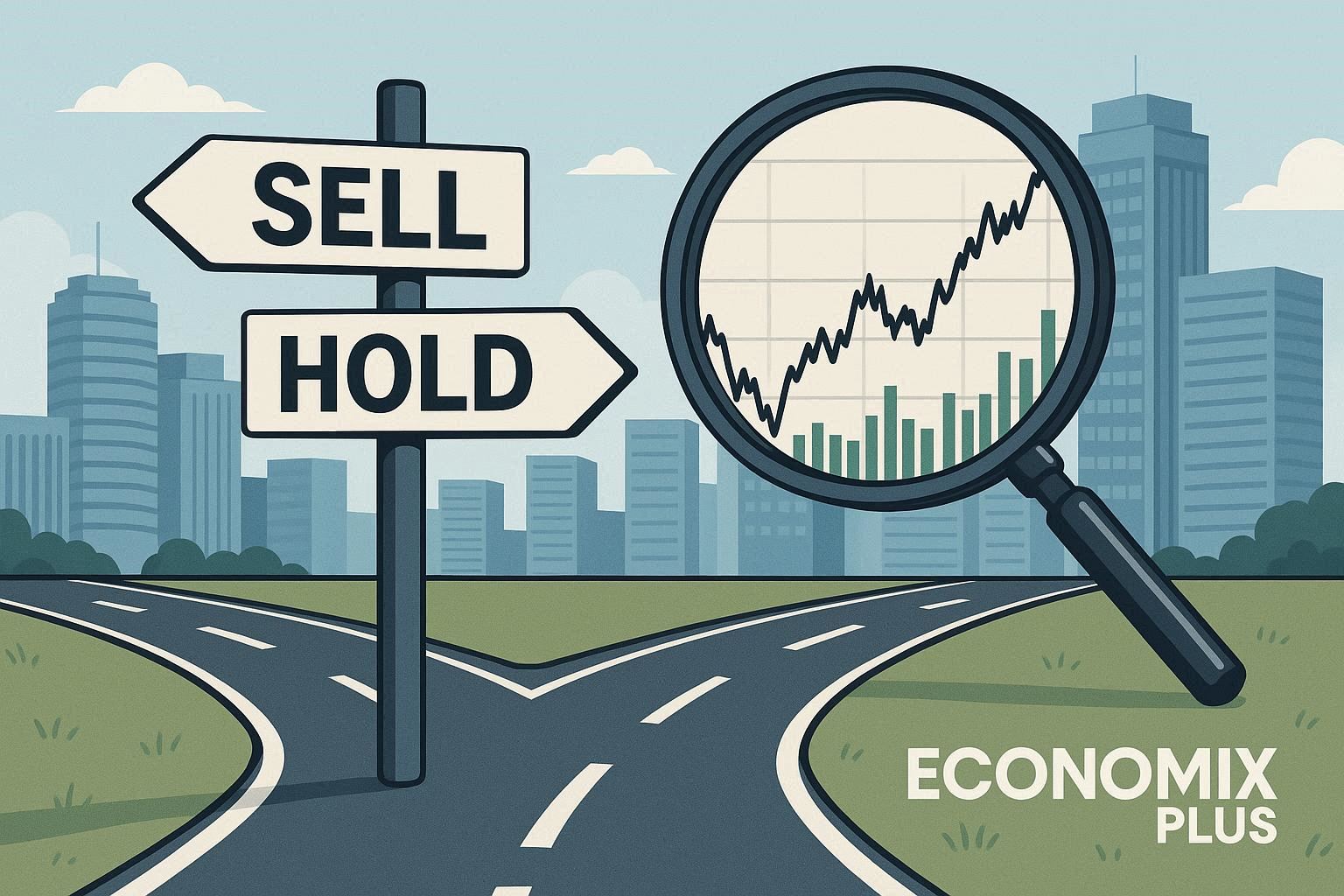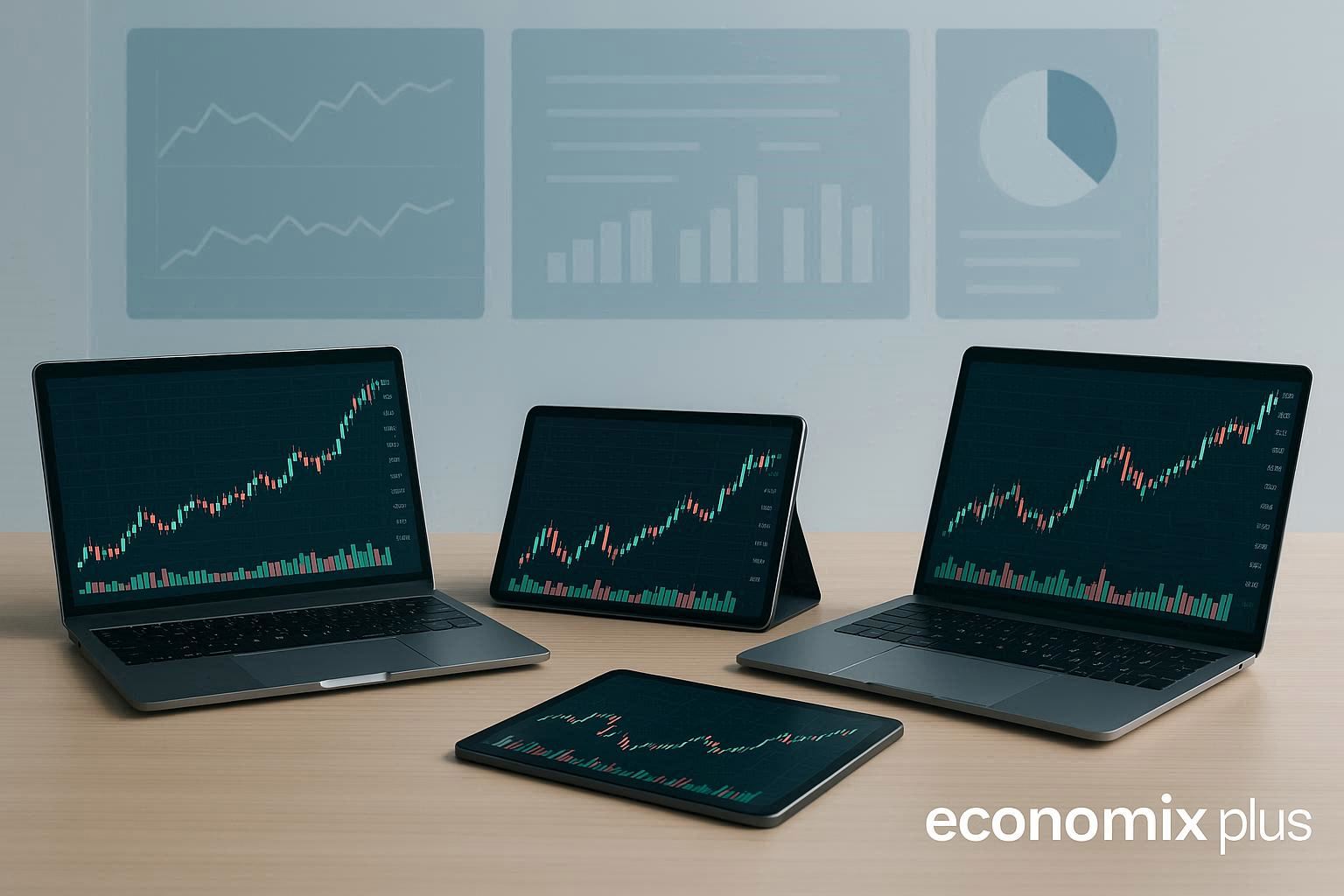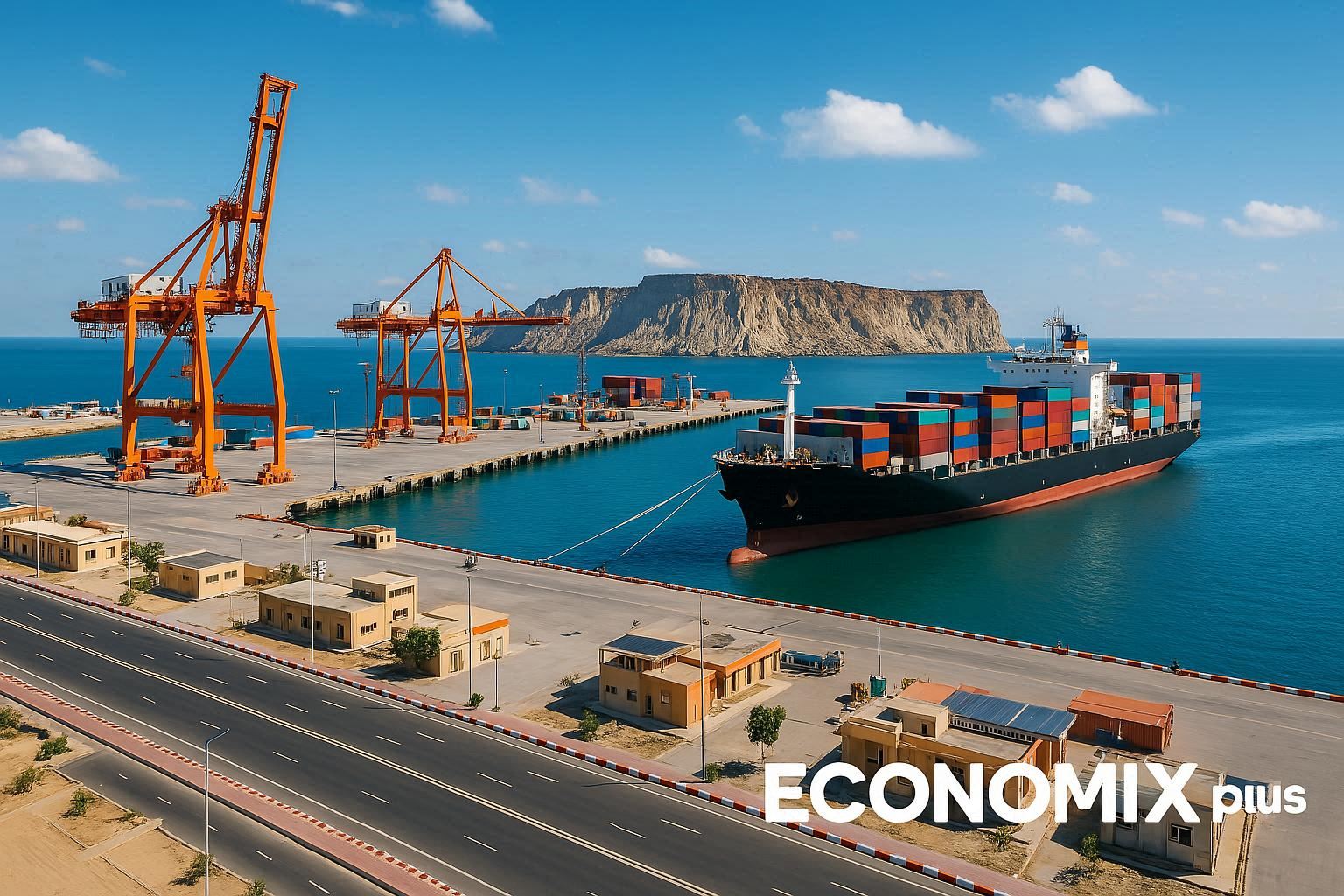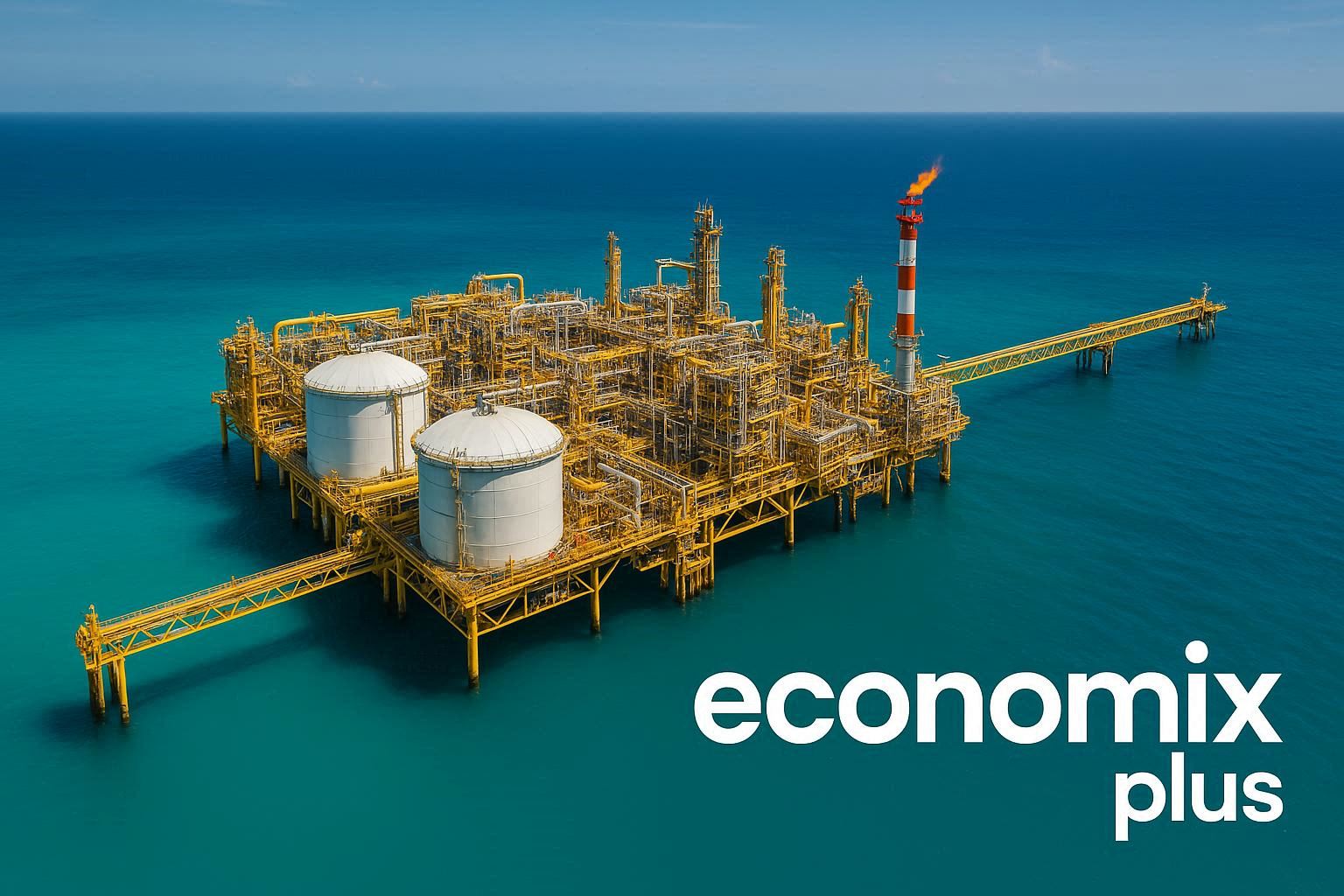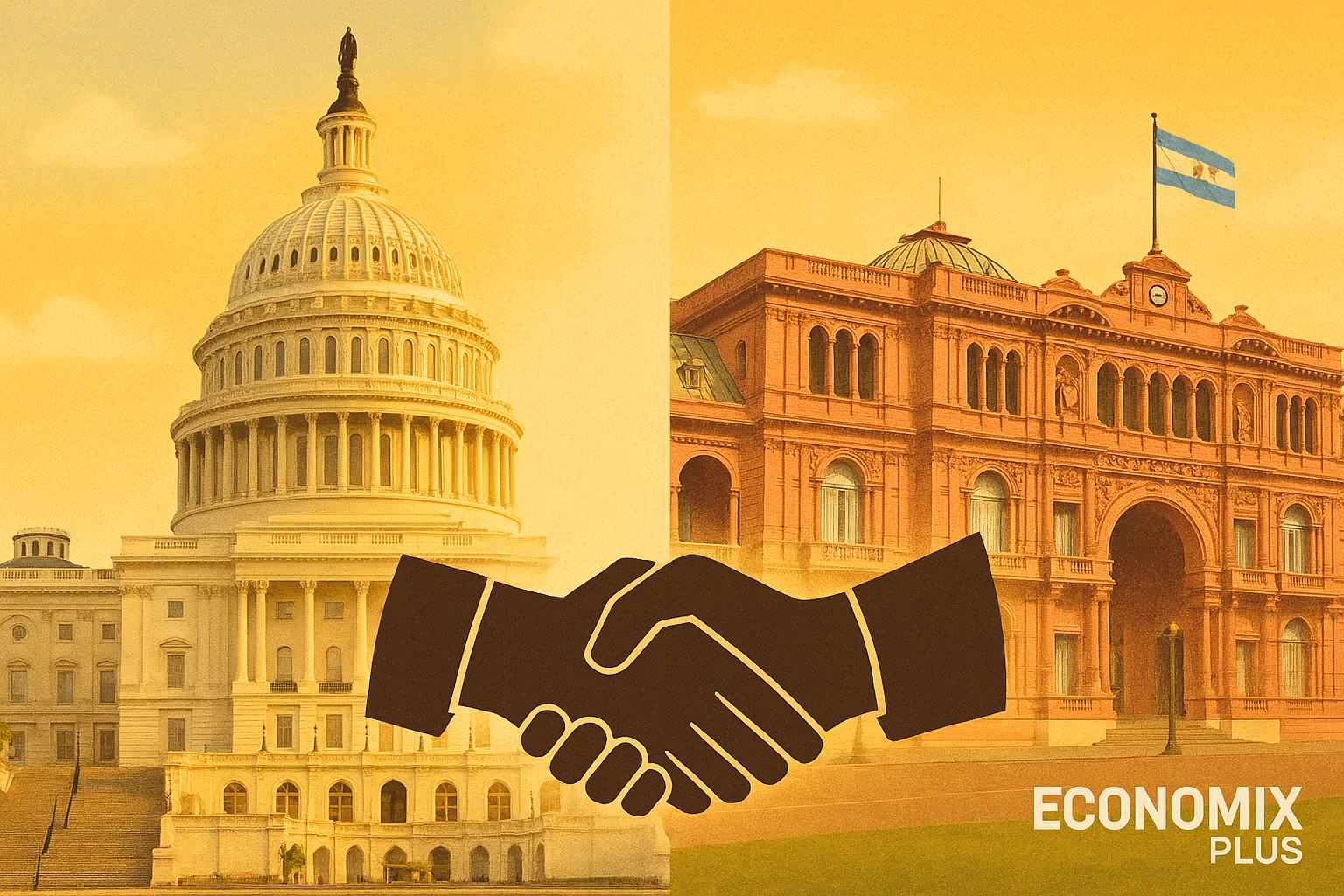The steel industry remains a powerhouse of modern infrastructure, fueling economies worldwide. In 2023, total output reached a staggering 1,852.7 million metric tons, showcasing its critical role. But which companies truly lead this competitive sector?
China Baowu Group tops the list with 130.77 million tons, overshadowing other major players. Meanwhile, European giants and Indian producers battle for market share through innovation and sustainability efforts. Understanding these dynamics helps grasp the future of industrial growth.
Key Takeaways
- Global production hit 1,852.7 million metric tons in 2023.
- China Baowu Group leads with 130.77 million tons.
- European firms prioritize eco-friendly manufacturing.
- India’s largest producer contributes 29.50 million tons.
- Market strategies differ by region and capacity.
Introduction to the Global Steel Industry
Modern infrastructure relies heavily on steel as its backbone. From highways to high-rises, this alloy enables the construction of durable, scalable projects. Over 70% of the metal produced globally feeds into buildings, transport networks, and industrial machinery.
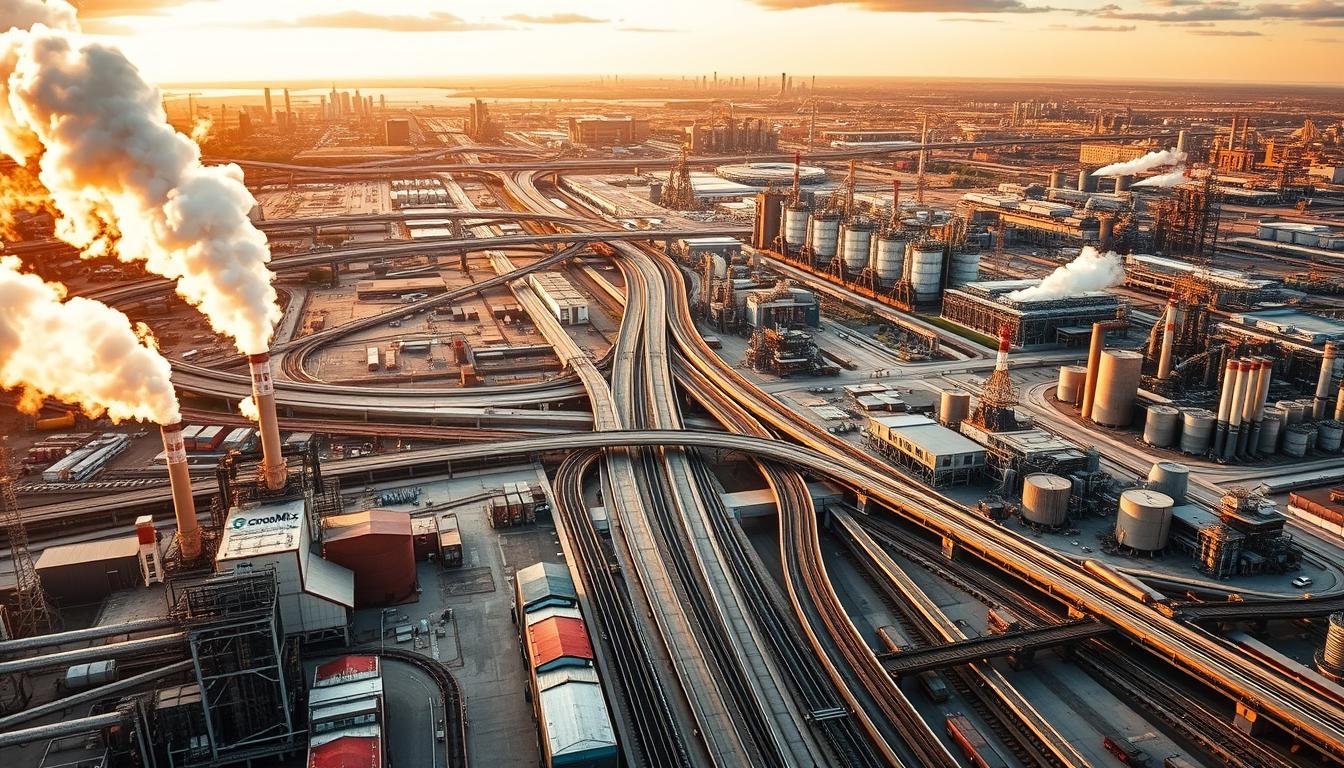
In 2023, the steel industry reached a record output of 1.85 billion metric tons. China alone contributed 54% of this volume, with six of the world’s top producers based there. This dominance reflects decades of investment in heavy industry and urbanization.
Despite its scale, the sector faces pressing challenges. Decarbonization pressures push firms to adopt cleaner technologies, while volatile raw material costs squeeze margins. Green steel initiatives now prioritize renewable energy and recycled scrap metal.
Emerging markets like Southeast Asia and Africa drive future demand. Rapid urbanization and manufacturing growth in these regions could reshape production hubs. Analysts predict a 3.5% annual increase in consumption through 2030.
Key Players in Steel Production
Three industrial titans dominate the competitive landscape of steel manufacturing. Each combines scale, innovation, and regional influence to shape the sector’s future.
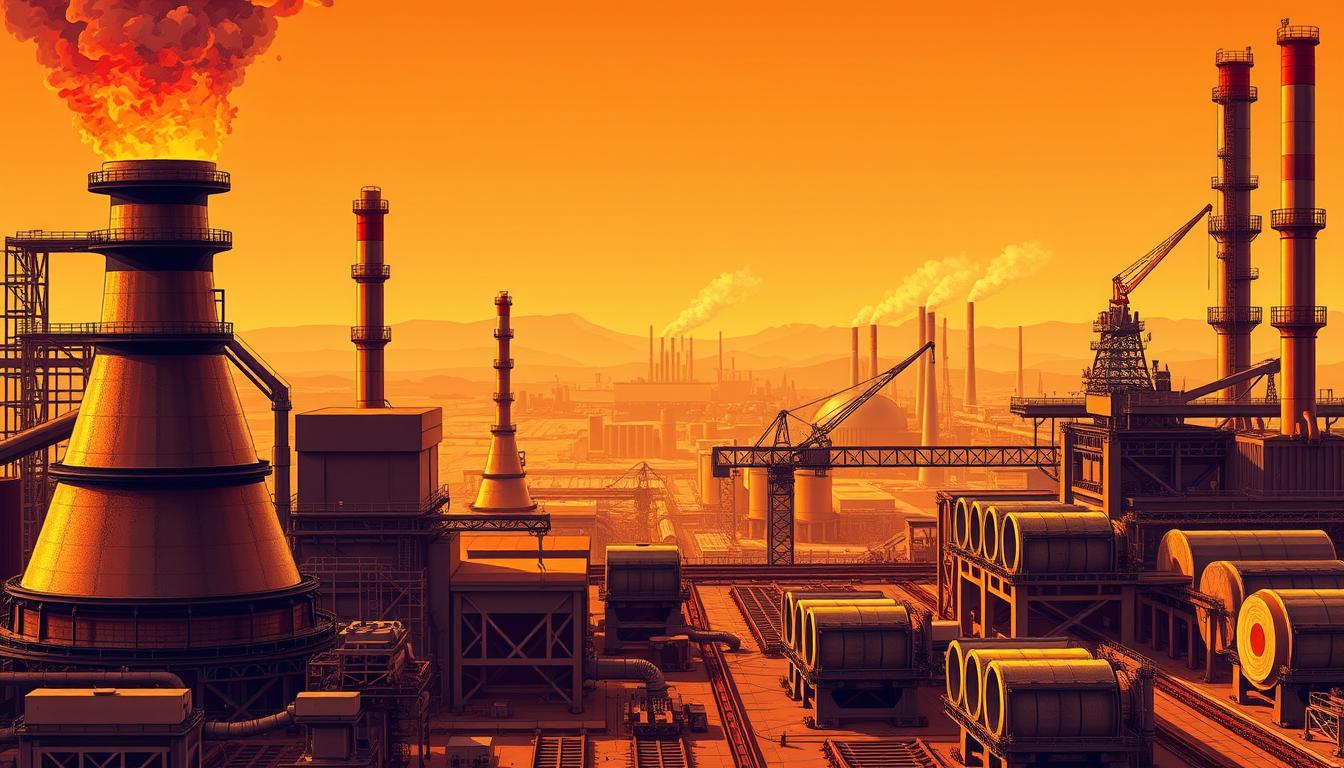
China Baowu Group: The Unrivaled Leader
The China Baowu group reigns as the largest steel producer, with 130.77 million metric tons in 2023. Its acquisition of Xinyu Steel bolstered output, reinforcing state-backed growth.
Unlike private rivals, Baowu benefits from centralized planning and subsidies. This model fuels rapid capacity expansions across Asia.
ArcelorMittal: A Global Powerhouse
With operations in 60+ countries, ArcelorMittal leverages mergers to maintain dominance. Its AM/NS India joint venture taps into emerging market demand.
“Diversification mitigates regional volatility,” notes a sector analyst. The firm’s European plants prioritize low-emission technologies.
Tata Steel: India’s Industrial Pillar
Tata Steel blends 35 million tons of Indian capacity with European acquisitions. The Kalinganagar plant expansion targets automotive-grade supply chains.
Its vertical integration—from mines to mills—ensures cost efficiency amid fluctuating raw material prices.
| Company | 2023 Production (Million Tons) | Key Strategy |
|---|---|---|
| China Baowu Group | 130.77 | State-backed consolidation |
| ArcelorMittal | 68.10 | Global joint ventures |
| Tata Steel | 35.00 | Dual-market integration |
These steel companies exemplify how scale and strategy diverge by region. Their approaches reflect localized challenges and opportunities.
ArcelorMittal vs. Tata Steel: A Head-to-Head Comparison
Scale and sustainability define the rivalry between top producers. While both excel in steel production, their approaches diverge in capacity, market focus, and eco-friendly initiatives.
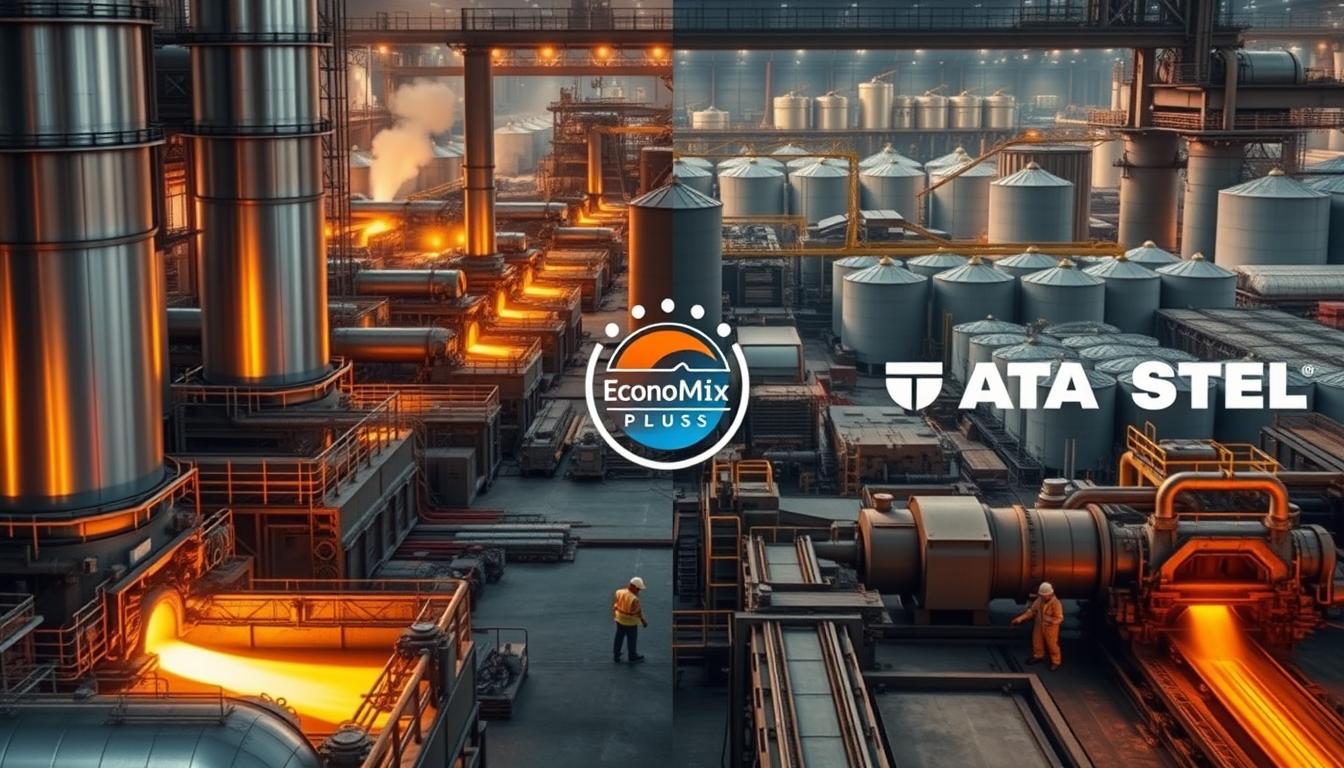
Production Capacity and Output
One firm dominates in sheer volume, producing 68.52 million tons annually. The other prioritizes regional specialization, with 29.50 million tons tailored to high-demand sectors.
This gap reflects contrasting strategies: scaling globally versus optimizing local supply chains.
Geographic Reach and Market Penetration
With operations in 17 nations, the first company leverages joint ventures for expansion. Its rival spans 26 countries, targeting emerging economies with niche products.
“Diverse footprints mitigate regional risks,” notes an industry report. Automotive-grade alloys drive one’s exports, while construction materials anchor the other’s growth.
Innovation and Sustainability Efforts
A 25% CO2 reduction target by 2030 highlights one firm’s commitment. The other pioneers hydrogen-based technologies, testing cleaner smelting methods in Europe.
Both invest heavily in cutting emissions, but their timelines and technologies differ. These efforts will shape their competitive edge as regulations tighten.
China’s Dominance in Steel Manufacturing
No country produces more steel than China, holding over half the world’s output. In 2023, its mills delivered 1,019 million metric tons—53% of global production. This colossal scale dwarfs competitors and cements its role as the undisputed leader in the steel sector.
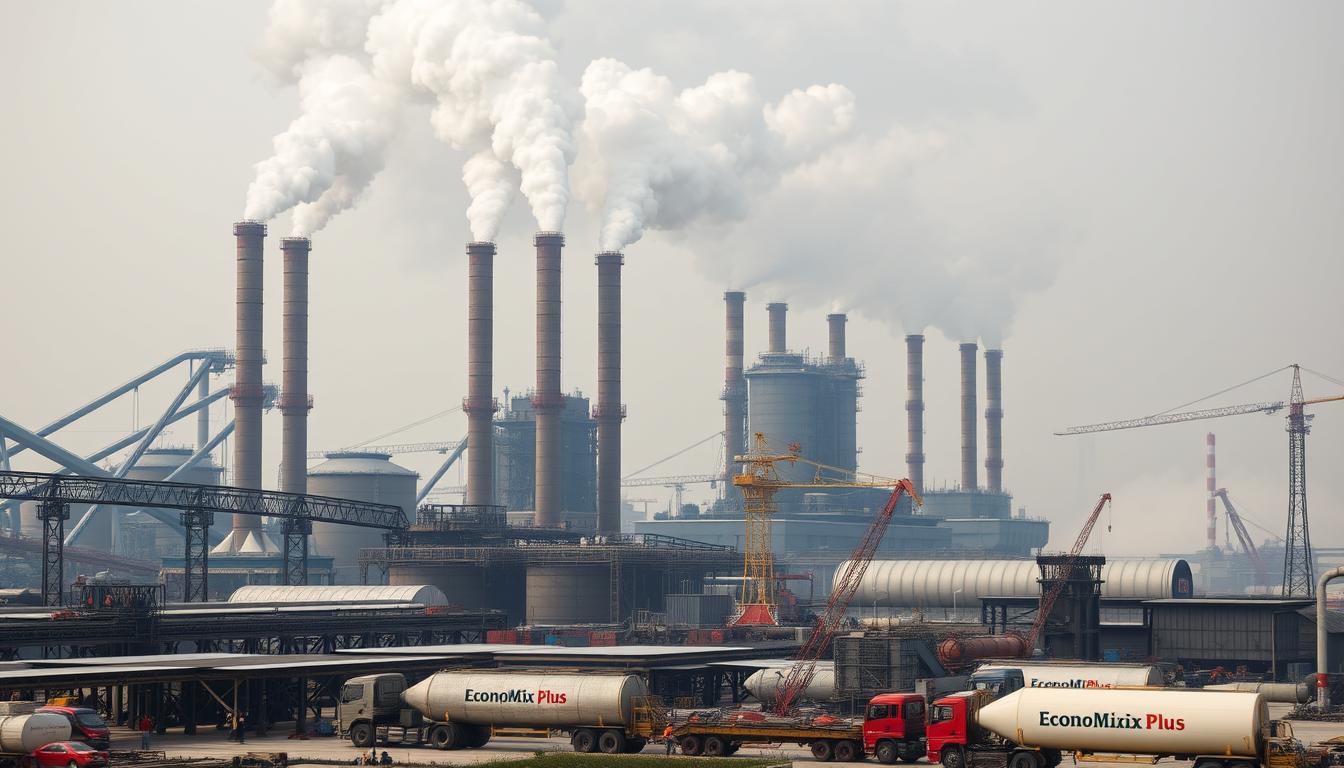
The China Baowu group, the largest steel producer, exemplifies this dominance. Mergers like Baowu-Ansteel create mega-corporations with unrivaled capacity. State-backed consolidation ensures efficiency but also fuels overcapacity—estimated at 120 million tons annually.
China faces dual challenges: balancing surplus supply while investing in green transitions. Key efforts include:
- Hydrogen-based smelting trials to cut emissions
- Recycling initiatives boosting scrap metal usage
- CISA-mandated production standards for data transparency
Despite decarbonization pressures, analysts project China’s continued control over industries. Its integrated supply chains and policy support create a near-impenetrable advantage. As one report notes: “No rival can match China’s blend of scale and state coordination.”
Emerging Trends in Steel Production
Innovation drives the next era of steel production as producers adapt to new demands. From hydrogen-based smelting to AI-driven efficiency, the sector is embracing radical changes to meet environmental and economic challenges.
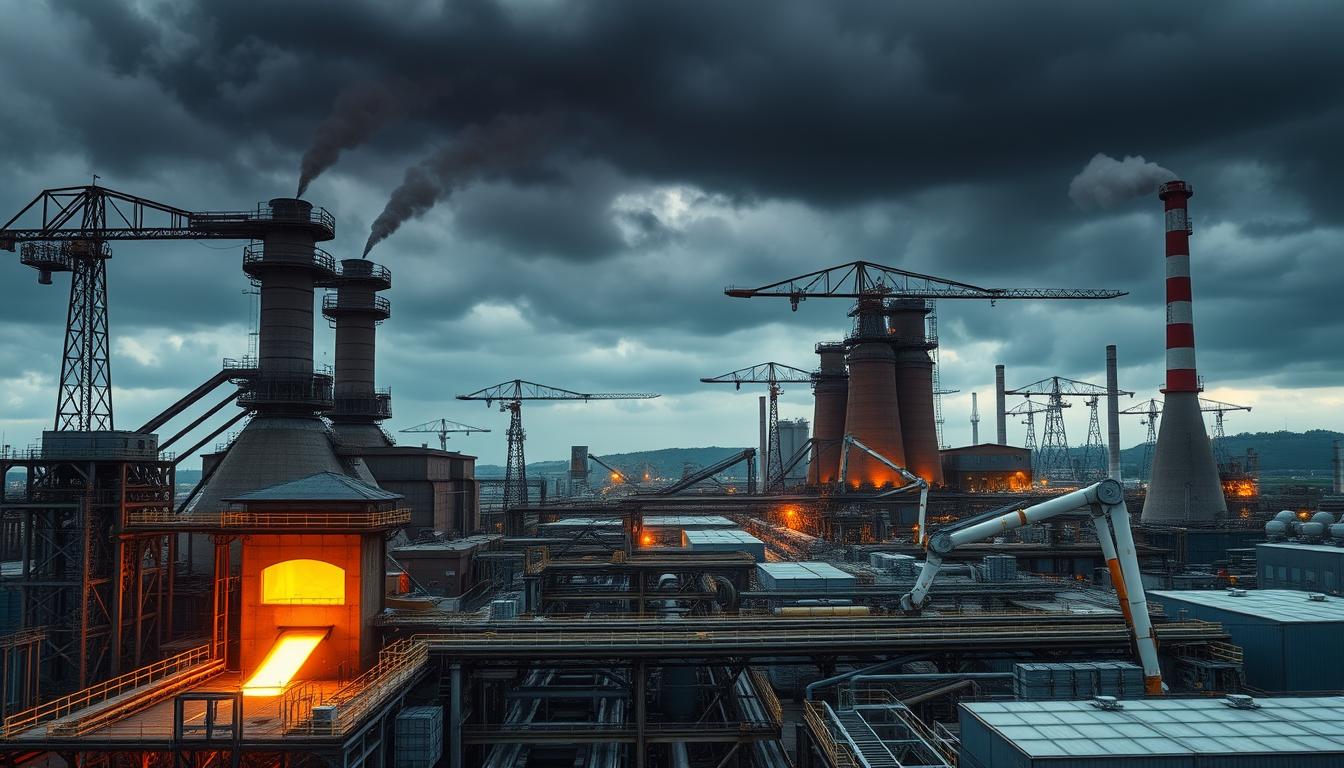
Decarbonization and Green Steel
Cutting emissions is now a top priority. POSCO’s HyREX pilot uses hydrogen to reduce carbon output by 90%, while technologies like carbon capture (CCUS) gain traction. ArcelorMittal’s Belgium facility exemplifies large-scale adoption.
Electric arc furnaces (EAFs) now account for 28% of global output, up from 22% in 2015. This shift reflects a dual focus on sustainability and cost efficiency, with recycled scrap metal playing a key role.
Technological Advancements
AI optimizes operations like never before. Nippon Steel’s predictive maintenance systems slash downtime by 40%, streamlining steel production cycles. Meanwhile, advanced high-strength materials (AHSS) enable lighter, more durable automotive designs.
“The future lies in smart factories,” notes an industry report. Real-time data analytics and automation are becoming standard, ensuring precision and reducing waste across supply chains.
Regional Leaders Beyond China and Europe
Japan and South Korea emerge as technological leaders in steel manufacturing. While China dominates volume, these nations excel in innovation and niche steel products, reshaping the sector’s future.
Nippon Steel: Japan’s Technological Pioneer
The Nippon Steel corporation produces 43.66 million tons annually, blending scale with precision. Its stakes in Brazil’s USIMINAS and the U.S. Steel acquisition expand its global footprint.
Japan’s focus on specialty alloys for automotive and electronics sets it apart. High-tensile grades enable lighter vehicles, while corrosion-resistant variants serve cutting-edge tech.
POSCO Holdings: South Korea’s Innovator
South Korea’s POSCO Holdings delivers 38.44 million tons, leveraging the world’s first FINEX technology. This process slashes costs and emissions by using iron ore fines directly.
The company invests $23 billion in lithium and nickel processing, diversifying beyond traditional markets. With 65% of output exported, it fuels global supply chains.
| Metric | Nippon Steel | POSCO Holdings |
|---|---|---|
| 2023 Output (Million Tons) | 43.66 | 38.44 |
| Key Technology | Automotive-grade alloys | FINEX smelting |
| Export Share | 40% | 65% |
The Role of Mergers and Acquisitions
Strategic mergers reshape the competitive landscape of steel production. Top steel companies leverage acquisitions to boost capacity and enter new markets. The 2006 ArcelorMittal merger created a $100B+ giant, demonstrating how consolidation drives dominance.
China Baowu’s 2023 acquisitions added 15 million tons to its output. This aggressive expansion reinforces its lead in Asian industries. State-backed deals enable rapid scaling unmatched by private rivals.
Nippon Steel’s $14B purchase of U.S. Steel redefines North American operations. The deal grants access to automotive-grade supply chains and advanced R&D facilities. “Cross-border mergers optimize regional strengths,” notes a market analyst.
Key consolidation trends since 2000:
- Top 10 producers reduced from 45 to 28 firms
- Tata Steel’s 2017 Bhushan Steel buy expanded its Indian footprint by 5.6M tons
- Joint ventures now account for 38% of new capacity
These moves reflect a focus on vertical integration and risk diversification. As market share consolidates, smaller players face heightened competition from these industrial titans.
Challenges Facing the Steel Industry
Market shifts and policy changes create hurdles for producers. From volatile raw material costs to tightening environmental regulations, firms must adapt swiftly to maintain competitiveness.
Raw Material Volatility
Iron ore prices swung between $120–$160 per ton in 2023, squeezing margins. Scrap metal shortages compound the issue, with a projected 620 million-ton deficit by 2030. “Critical shortages could disrupt supply chains,” warns a market analyst.
Water usage intensifies pressure—28 cubic meters per ton of output strains resources. High consumption rates clash with sustainability goals, pushing firms to innovate.
Environmental Regulations
The EU’s Carbon Border Adjustment Mechanism adds $50 per ton, raising export costs. REACH compliance expenses exceed €500 million for European manufacturers, diverting funds from production upgrades.
Stricter rules demand cleaner products and processes. Firms investing in low-emission tech gain an edge, while laggards face penalties. Balancing demand with eco-friendly practices remains a top priority.
Future Outlook for Steel Giants
New opportunities emerge as producers adapt to evolving market needs. The steel industry faces a transformative decade, driven by eco-friendly mandates and tech breakthroughs. Leaders must balance scale with agility to capitalize on these shifts.
Projected Growth Areas
Green steel will dominate investments, with a projected $210 billion market by 2030. Hydrogen-based smelting and carbon capture technologies are critical to this transition. “The race is on to decarbonize without sacrificing output,” notes a sector analyst.
ASEAN nations will see 6.8% annual demand growth, fueled by urbanization. Automotive lightweighting trends push demand for advanced high-strength alloys (8% yearly increase). Meanwhile, hydrogen infrastructure requires 15 million tons of specialty steel by 2040.
Shifts in Global Demand
Digital twins will optimize 75% of mills by 2028, cutting costs and waste. Emerging markets like India and Vietnam offset slowing global demand in mature economies. Firms prioritizing sustainability gain contracts in eco-conscious regions like the EU and North America.
Labor shortages and raw material volatility remain hurdles. However, AI-driven automation and recycled scrap usage offer solutions. The next era belongs to innovators who merge efficiency with environmental stewardship.
Conclusion: The Steel Industry’s Competitive Horizon
Sustainable innovation now drives growth in heavy industry. China Baowu leads in volume, while rivals like ArcelorMittal leverage global steel networks. India’s top producer thrives through localized strategies and ethical production.
Green transitions offer a $1.3 trillion opportunity. Firms adopting hydrogen tech and recycling sustainable practices will dominate. By 2030, the top five companies may control 35% of output.
Digital tools like AI ensure operational resilience. Learn more about top steelmaking companies shaping this evolving landscape.
